
The Comprehension Component of Fusion Reading consists of four core units, including the Summarization Strategy, Prediction Strategy, Vocabulary Strategy, and Strategy Integration.
In the Summarization Strategy, students learn to scan for meaning clues, activate their prior knowledge, generate questions, paraphrase and summarizing major sections of the text. | 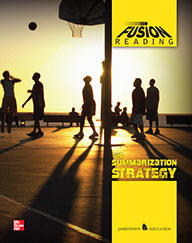 |
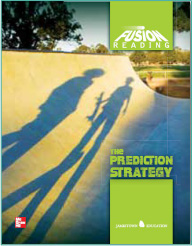 | In the Prediction Strategy, students learn how to make predictions and draw inferences during reading. The Prediction Strategy actively engages students in the reading by activating prior knowledge, making connections between new information and what they already know, generating questions and monitoring their understanding of the text. |
| With the Vocabulary Strategy, students learn a seven-step process that allows them to determine the meaning of unknown vocabulary through the analysis of affixes and context clues. Students are engaged in extensive classroom discussions of multiple word meanings, word usage in different contexts, and similarities of the target word to other words. | 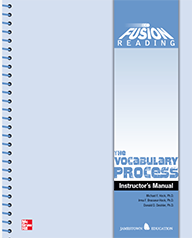 |
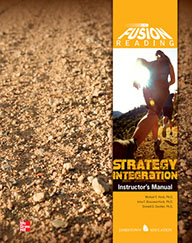 | Finally, and most importantly, through Strategy Integration, students learn how to apply and adapt all the reading strategies they have learned in the Fusion Reading program to their core class reading material. Students move from being learners of reading strategies to being strategic readers. |
Students apply the Fusion Reading strategies in all their core classes using core text materials. Core class teachers cue students to use Fusion Reading strategies during class activities.
The Fusion Reading Comprehension Component also aligns with the Science of Reading.
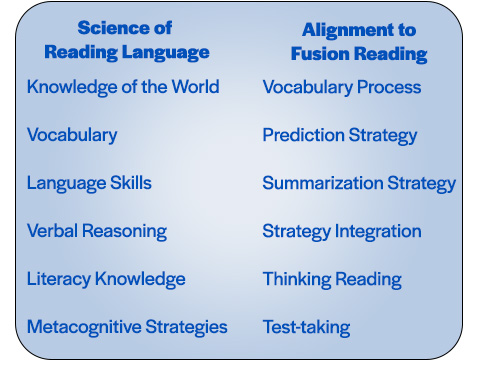
Please visit McGraw Hill to learn more about Fusion Reading and purchase materials.





